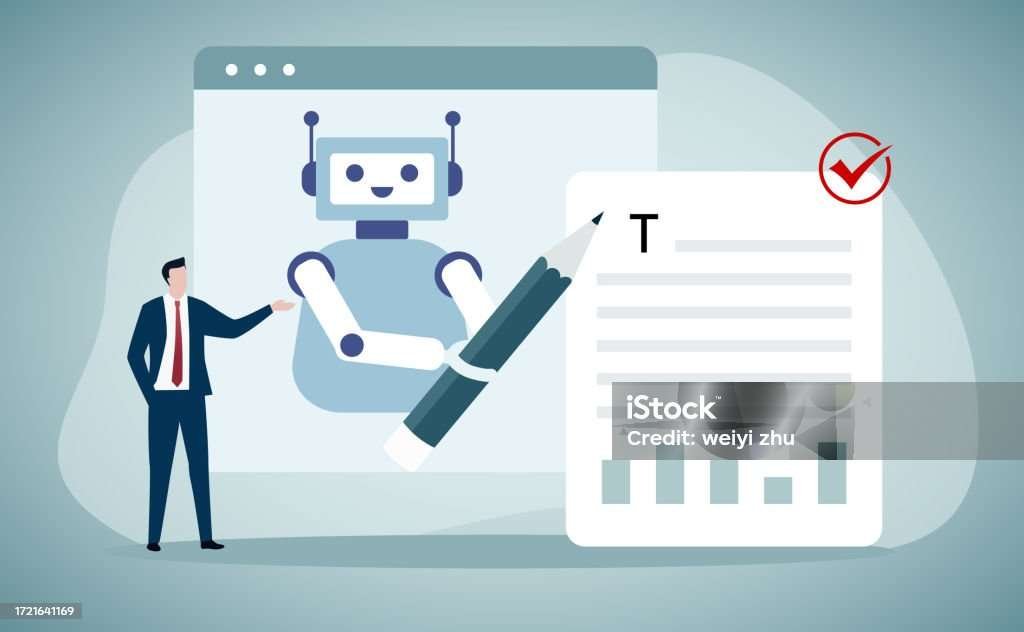1. Cloud-based Accessibility
Technology SaaS, or Software as a Service, epitomizes the remote accessibility of software. By leveraging the cloud, users can access a wide array of applications from anywhere with an internet connection, eliminating the need for physical installations and geographical constraints.
2. Subscription-based Model
SaaS operates on a subscription basis, allowing users to pay for software services periodically, usually monthly or annually. This model grants users access to updates, customer support, and varying tiers of service, offering both flexibility and predictability in expenditure.
3. Scalability and Adaptability
Scalability is a hallmark of SaaS, permitting users to easily adjust usage levels according to their evolving requirements. This scalability ensures that businesses can seamlessly expand or contract their usage without being hindered by infrastructure limitations.
4. Centralized Maintenance and Updates
SaaS providers undertake the responsibility of maintaining, updating, and securing the software centrally. This approach ensures that users always have access to the latest version without the hassle of managing updates themselves, alleviating the burden on internal IT teams.
5. Integration and Customization
Most SaaS solutions offer integration capabilities with other applications and services, fostering a connected ecosystem. Additionally, many platforms allow for customization, enabling businesses to tailor the software to align with their specific workflows and preferences.
6. Cost-efficient IT Operations
SaaS significantly reduces the need for extensive IT infrastructure and personnel. With software hosted and managed externally, businesses can cut down on hardware costs and streamline operations, freeing resources for core business activities.




